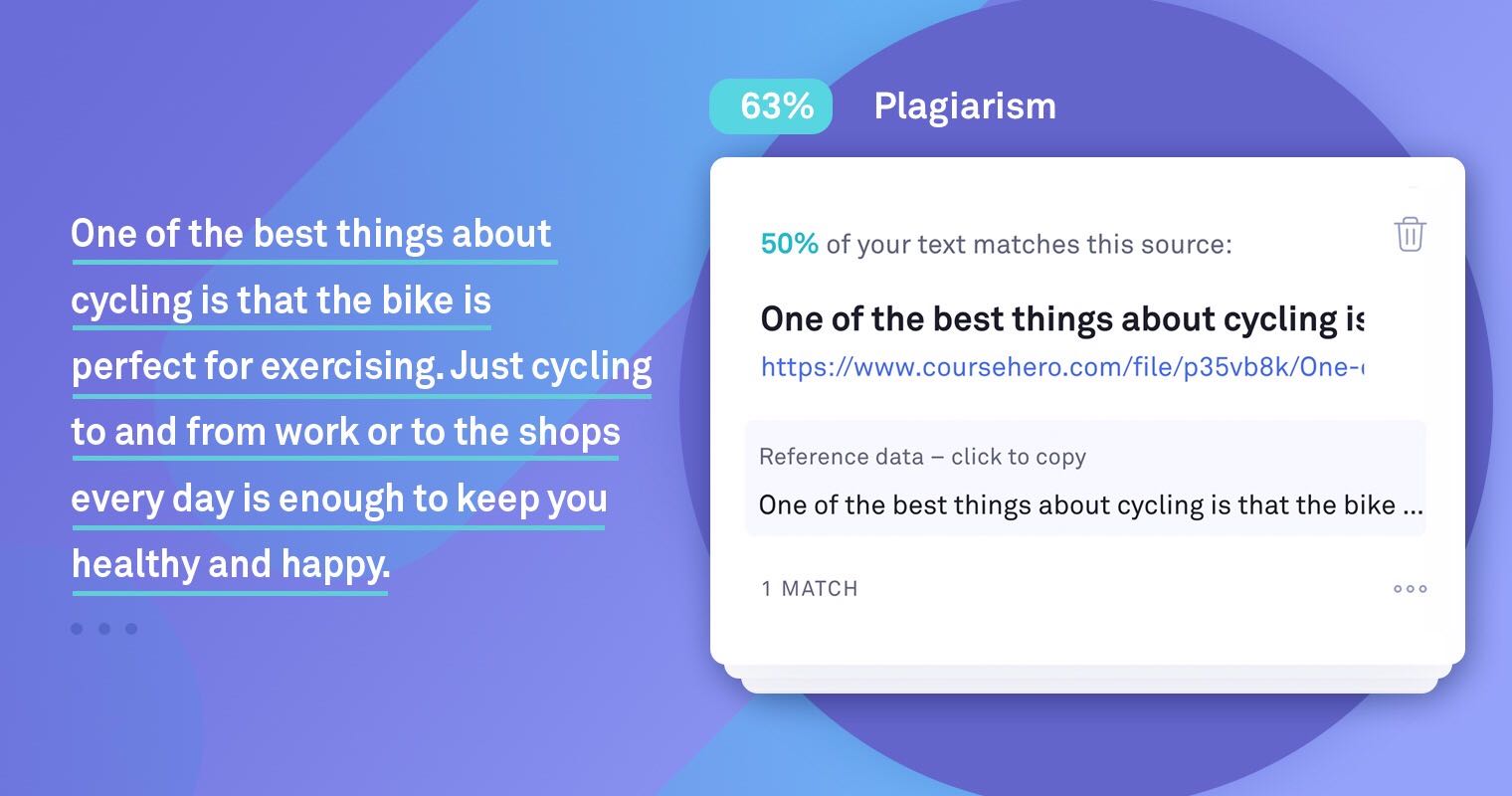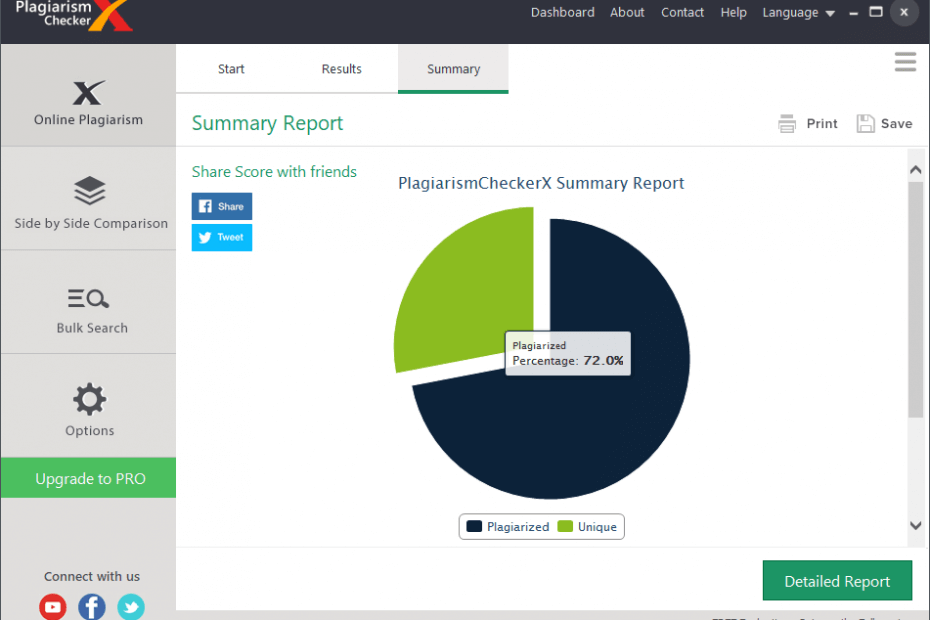

With our free plagiarism checker you can identify and sift successful students from those who merely copy paste their work to pass your criteria.Īnd the best part is you can use our term and research paper checker for free during term time as well so you can identify weak students from top scorers. You can use a reliable essay, research and term paper plagiarism checker like Plagiarism Checker to help you in this process.

To make sure that you achieve your teaching goals, you need to be fair and thorough in your essay, research and term paper checking.

At the end of the term, all that counts for a teacher is the percentage of students who’ve passed your class and enter their careers successfully. If there is an identical sentence or content in the document, it will be automatically marked with a red line from the software.One of the woes of being a college teacher or professor is to ensure that you’re a fair and square teacher, who not only delivers good lessons but ensures that your students have grasp what you’ve taught them. When you put your article or paper in the online content check, it starts analyzing the entire document and begins to search for duplicate content. We find and analyze identical sections in your text.
#Paper plagiarism checker software
Our plagiarism checks free tools use one of a kind algorithm created by some of the best software engineers in the industry. The document you enter is analyzed for matching sentences, words, and many other factors by our intelligent algorithm, and then it is compared against different sources and the entire internet. Upon completion of the scanning process, you will receive a plagiarism report with the percentage of piracy in the text and links to resources where we found duplication. To determine the percentage of duplication in your document we are analyzing the sentence structure of your text and then searching billions of documents and web resources for similarities to your input. Cases of accidental imitation are taken as seriously as any other theft and are subject to the same consequences as other types. Lack of intent does not relieve the student of responsibility for stealing.

Students should learn to quote their sources and make accurate and accurate notes when conducting research. This also refers to submitting the same work to complete assignments in different classes without the prior permission of two teachers.Īccidental plagiarism occurs when a person neglects references to his sources or incorrectly quotes their sources or unwittingly paraphrases the source using similar words, groups of words, and/or sentence structure without attribution. For example, it would be unacceptable to include some of the class work you wrote in high school in a book assigned to a college class. Self-plagiarism occurs when a student submits their previous work or mixes parts of previous work without the permission of all participating teachers. Sometimes called a “correction,” this type of paraphrase, whether intentional or not, is academically dishonest and punishable - even if you make a footnote to your source! Mosaic plagiarism occurs when a student borrows phrases from a source without using quotations or finds synonyms for the author’s language while maintaining the same general structure and meaning of the original. The intentional stealing of someone else's work is unethical, academically dishonest and the basis for disciplinary action, including expulsion. Direct plagiarism is the literal transcription of part of someone else’s work, without attribution and quotation.


 0 kommentar(er)
0 kommentar(er)
